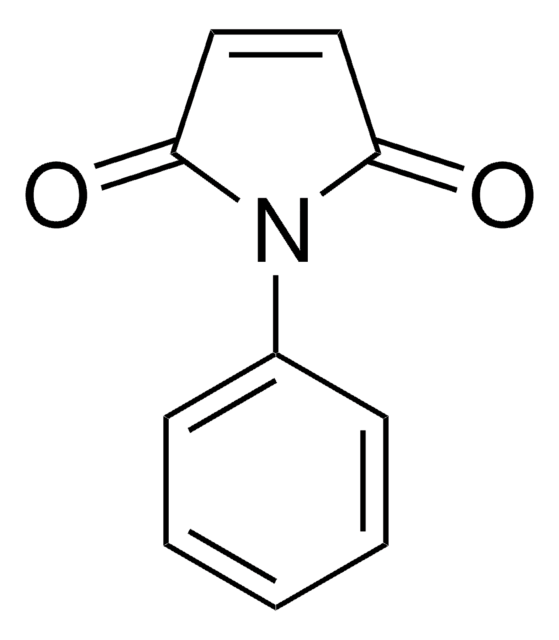654507
Nickel(II) chloride hexahydrate
99.9% trace metals basis
Sinônimo(s):
Nickel chloride hexahydrate 2, Nickel dichloride hexahydrate
About This Item
Produtos recomendados
Ensaio
99.9% trace metals basis
forma
solid
Impurezas
≤1500.0 ppm Trace Metal Analysis
cadeia de caracteres SMILES
[H]O[H].[H]O[H].[H]O[H].[H]O[H].[H]O[H].[H]O[H].Cl[Ni]Cl
InChI
1S/2ClH.Ni.6H2O/h2*1H;;6*1H2/q;;+2;;;;;;/p-2
chave InChI
LAIZPRYFQUWUBN-UHFFFAOYSA-L
Procurando produtos similares? Visita Guia de comparação de produtos
Descrição geral
Aplicação
- A precursor for nickel oxide (NiO) films, which are used as hole transport layers in dye-sensitized solar cells (DSSCs).
- An additive to the electron transport layer (ETL) in perovskite solar cells to improve their performance, particularly the open-circuit voltage.
- An effective dopant for synthesizing conductive polymer composites for potential applications in flexible electronics, and sensors.
- A precursor in the synthesis of nickel nanothorn particles via hydrothermal method.
Palavra indicadora
Danger
Frases de perigo
Declarações de precaução
Classificações de perigo
Acute Tox. 3 Inhalation - Acute Tox. 3 Oral - Aquatic Acute 1 - Aquatic Chronic 1 - Carc. 1A Inhalation - Muta. 2 - Repr. 1B - Resp. Sens. 1 - Skin Irrit. 2 - Skin Sens. 1 - STOT RE 1 Inhalation
Órgãos-alvo
Lungs
Código de classe de armazenamento
6.1C - Combustible acute toxic Cat.3 / toxic compounds or compounds which causing chronic effects
Classe de risco de água (WGK)
WGK 3
Ponto de fulgor (°F)
Not applicable
Ponto de fulgor (°C)
Not applicable
Equipamento de proteção individual
Eyeshields, Faceshields, Gloves, type P3 (EN 143) respirator cartridges
Escolha uma das versões mais recentes:
Já possui este produto?
Encontre a documentação dos produtos que você adquiriu recentemente na biblioteca de documentos.
Os clientes também visualizaram
Artigos
Nanostructured Materials Through Ultrasonic Spray Pyrolysis
Plasmonic nanoparticles have unique optical properties that can be tailored to suit a variety of applications in the biotechnology1–8 and electronics9–16 industries.
Nossa equipe de cientistas tem experiência em todas as áreas de pesquisa, incluindo Life Sciences, ciência de materiais, síntese química, cromatografia, química analítica e muitas outras.
Entre em contato com a assistência técnica











